Tashkent is a city with thousands of years of history behind it. Though its more recent decades are of utmost interest to me, especially its relatively recent Soviet past, one cannot ignore what had happened before that. If it was not for the 1966 earthquake that devastated the city, I am pretty sure this article would have been much longer, with a lot of points of interests to talk about. Alas, that is not the case. City as it stands today is mostly Soviet, and you can see its changing modern face at its center as well. In any case, let us now go over what did remain from the city’s older past, to see what they can tell us about it.
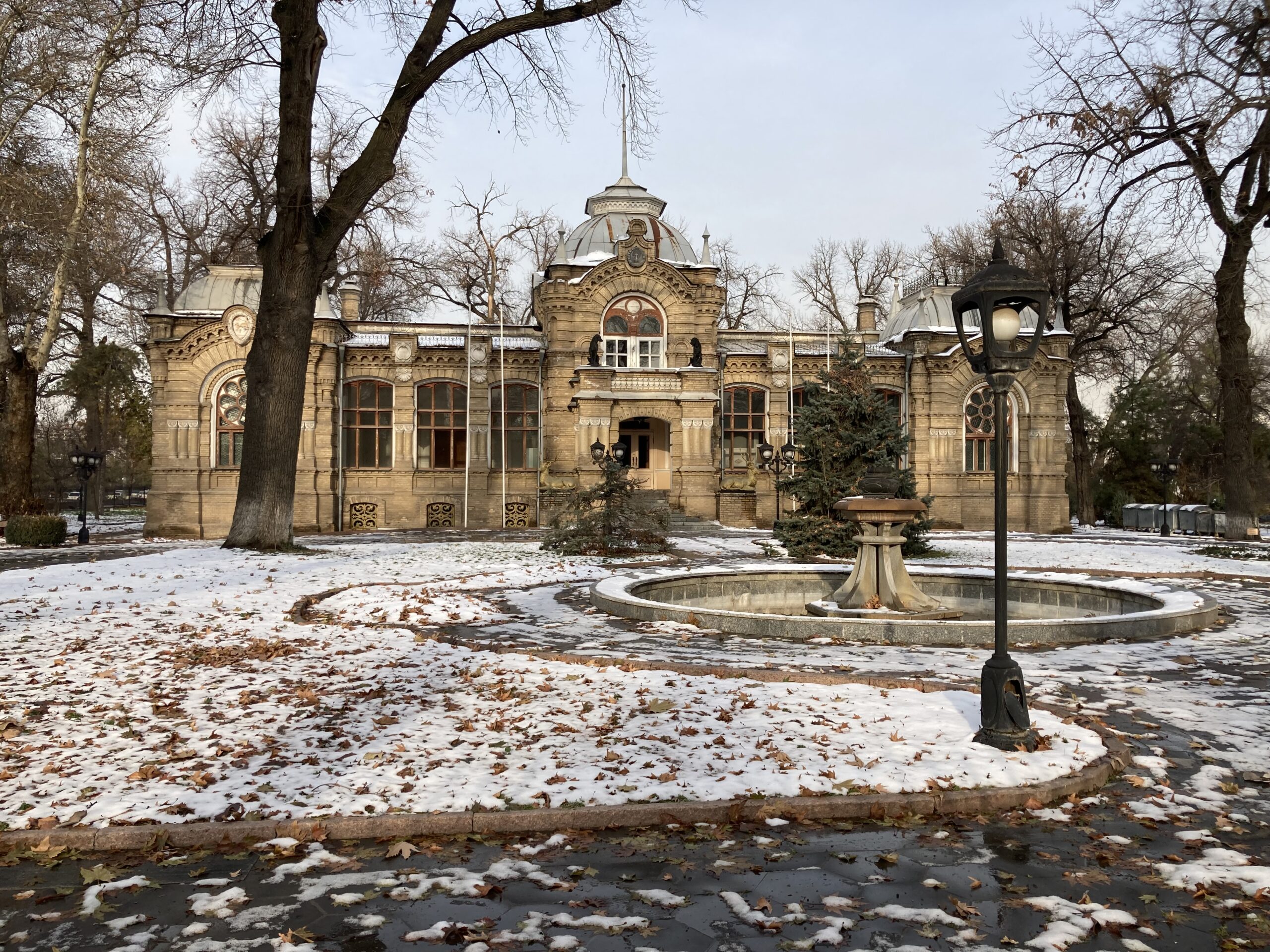
Tashkent was conquered by Russians in 1865, just a few decades before the October Revolution. Being so far away from Moscow meant that though it was under the suzerainty of Tsars, Russian influenced was curbed to a certain degree. There are a few churches around, some of them, like the St. Alexander Nevsky Cathedral in Botkin Cemetery are well worth a visit, but other than them what is truly reminiscent of the Tsarist rule in Tashkent is none other than the Palace of Grand Duke Nicholas Konstantinovich, which you can see above. It is a pity that you cannot really visit it, supposedly it is under renovation, but I have my doubts about that. There was no work going on inside, and there was not even a way to get in, nor was there someone nor even a dog guarding the place. For all intents and purposes, it just seems abandoned.
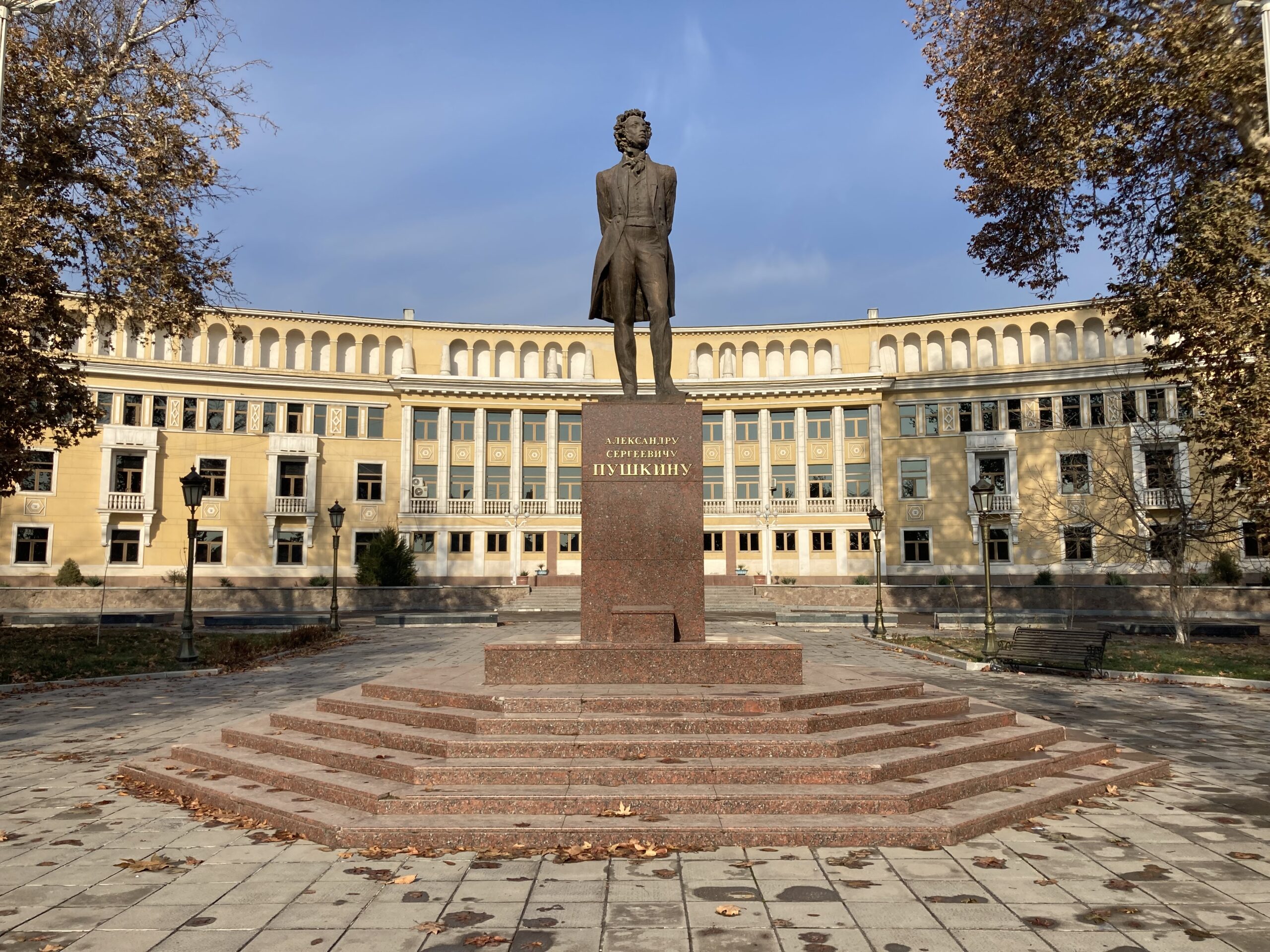
Of course, there are also a few Tsarist essentials spread around, like these small statues dedicated to the big names of Russian literature, such as Pushkin. Some of them date back to Soviet times, but it would be a mistake not to attribute them to the first era of Russian influence as well.
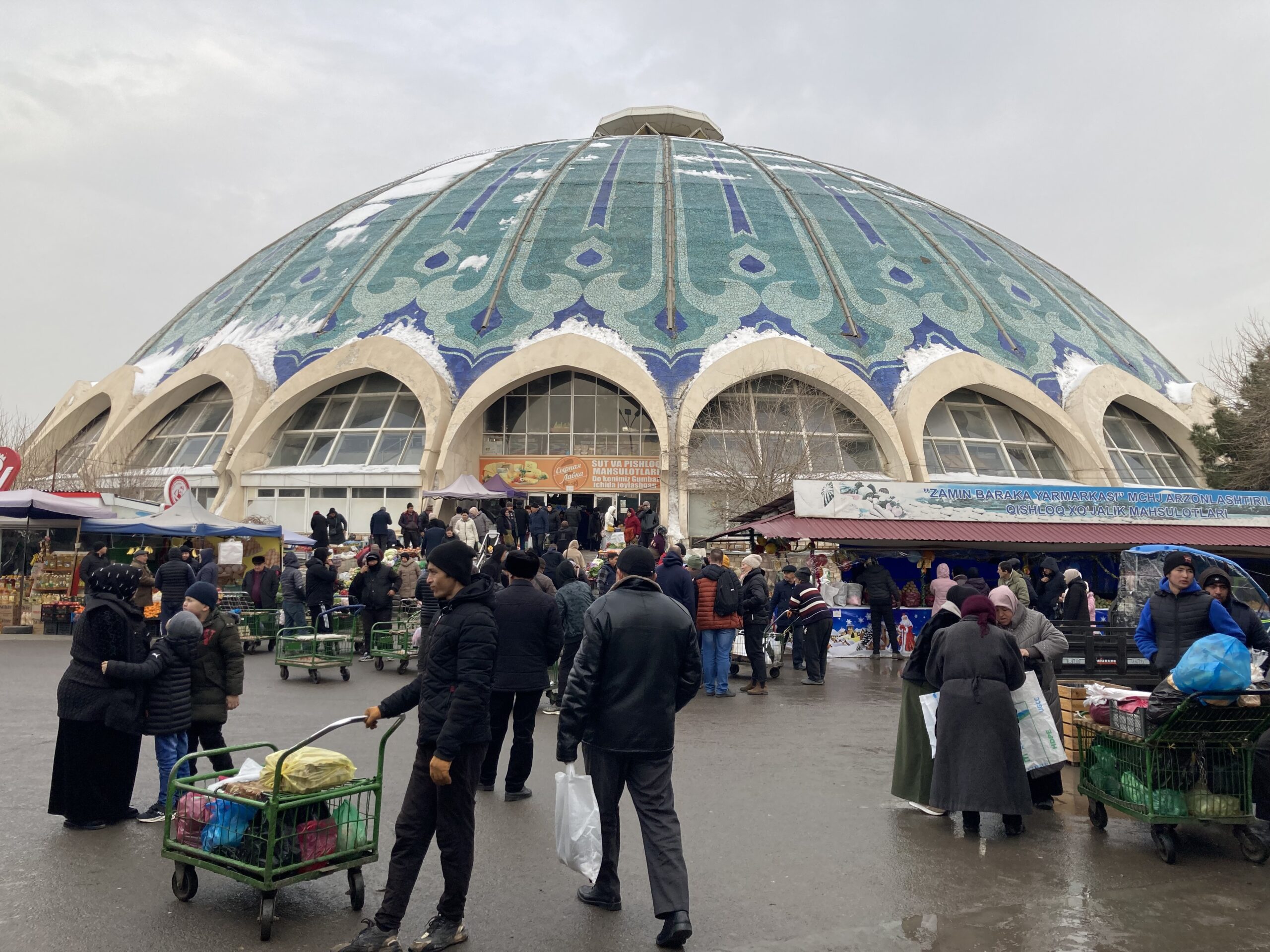
Bazaars always played a big role in cities that were on the route of the Great Silk Road. This did not change all that much today, with a caveat. The old and massive infrastructure that served such facilities often did not last the test of time, either due to the aforementioned earthquake, or because of changing times and authorities. That is why, you will see that quite a lot of bazaars, like this famous one called Chorsu, is now housed in these massive structures that were often built during Soviet times.
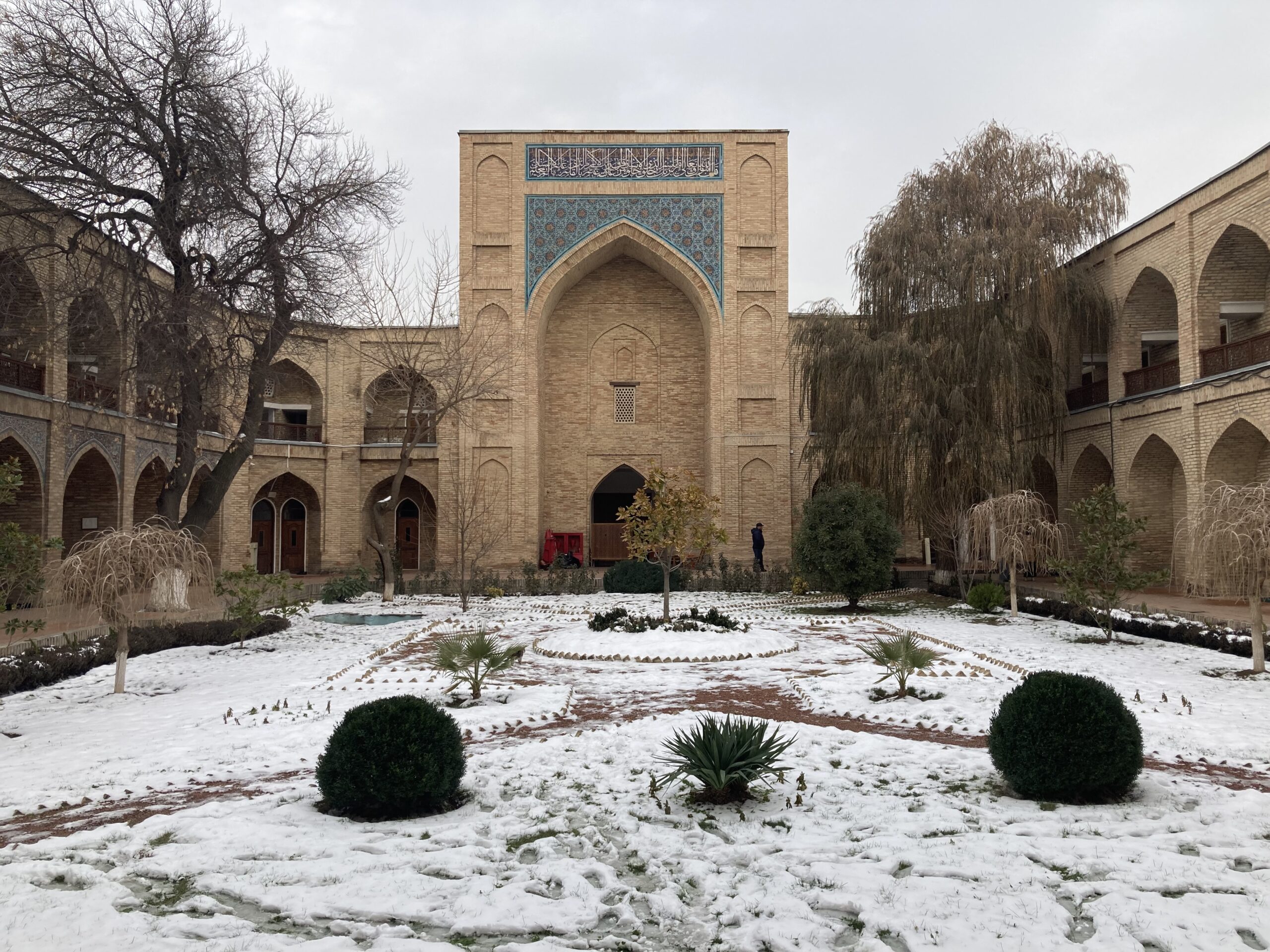
When sprawling bazaars looked more authentic and not so Soviet, there were also a lot of madrasas and mosques in Tashkent, well before the Russians came. The more you leave the city center, the more religious institutions like this one you will come across, at least it was my experience at the time. The whole ordeal with Islam and supposed Islamophobia of Uzbek government is a tale too long to discuss, and one that does not fit in well in this website. What I witnessed myself was a lot of people, young pupils learning Quran and older generations praying together, that could be seen flocking to these religious centres on the outskirts of the town, keeping a part of old Tashkent quite alive, as some of these buildings are hundreds of years old.
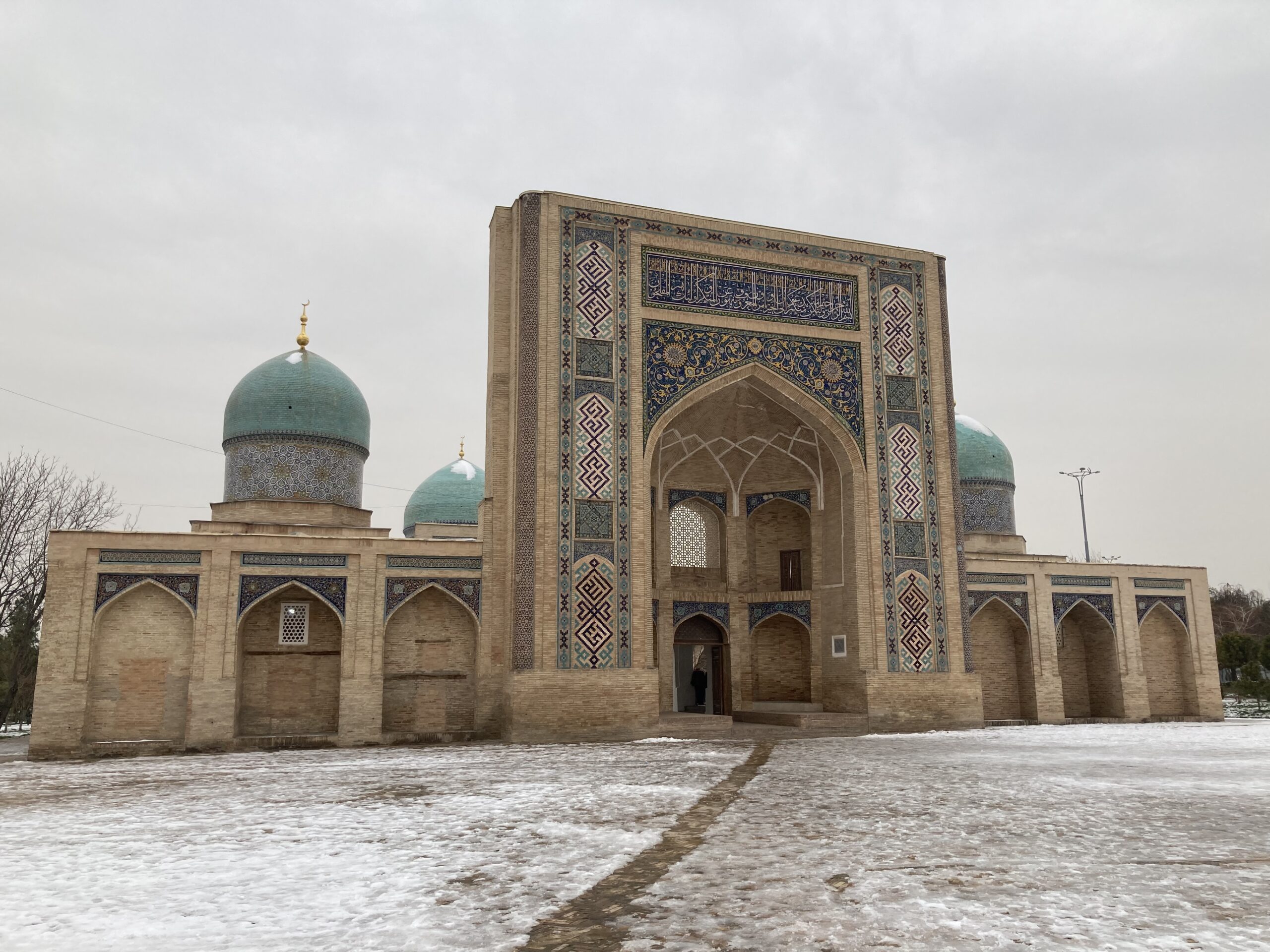
There is a very special part of town that really makes you think you travelled through time. The tiny neighbourhood that includes the above seen Barakhan Madrasa, as well as the Khazrati Imam Mosque, and Imam Al Bukhari Islamic Institute is like a small complex dedicated to study of Islam. There is a museum with the oldest Quran in the region, many mosques, small shrines, madrasas like this one, and much newer institutions dedicated to study Quran and beyond. What is really captivating here is not just these notable landmarks, but the people that scurry around as they try and make it to the next class or prayer. If you spend some more time and actually explore the area, you will find some of the most conversative people in the region, living in extremely old houses with small alleyways that connect them. I would say that it is one of the better places to visit in Tashkent, though do be respectful of the locals and dress modestly if possible.
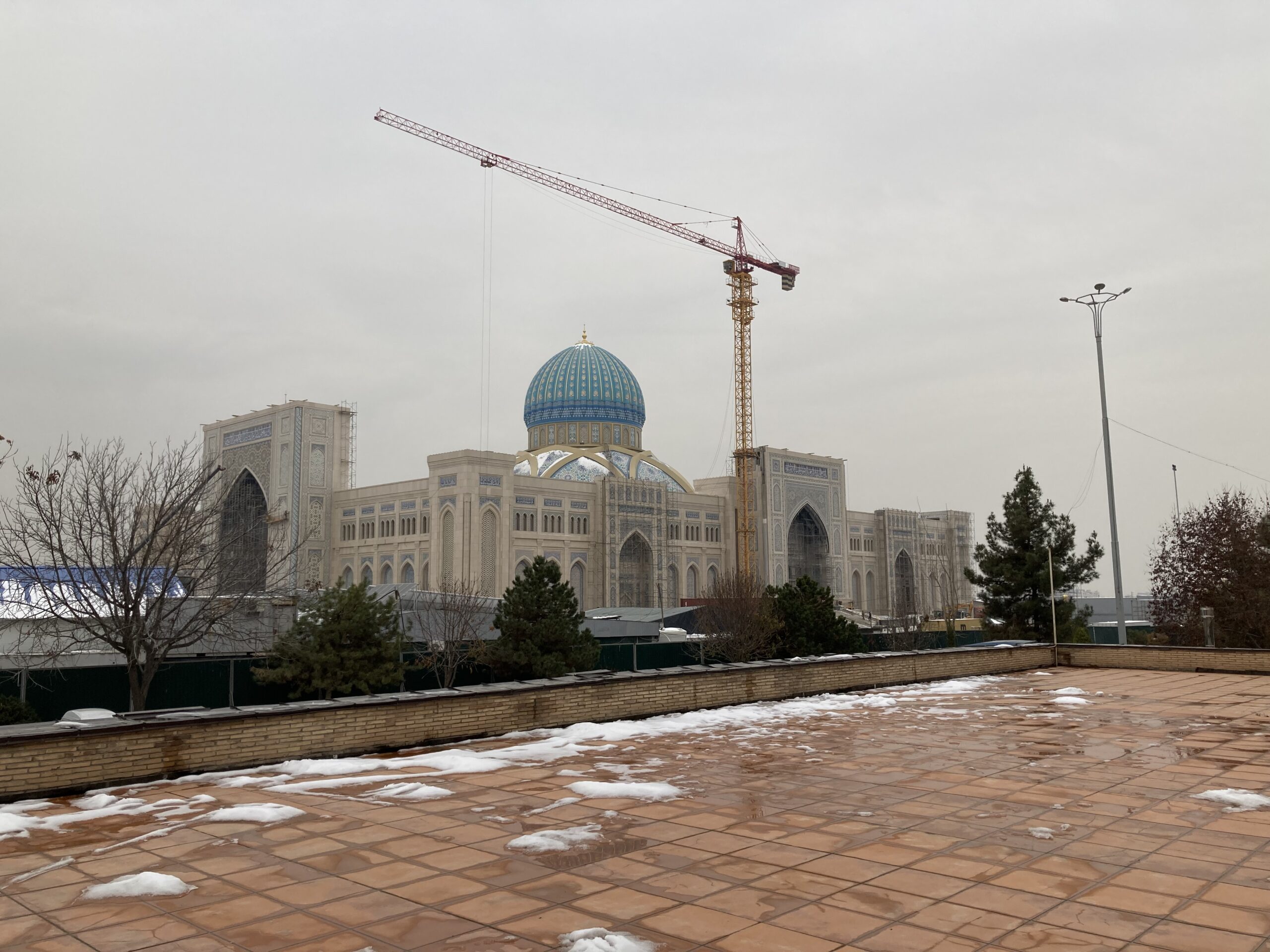
Parallel to the complexes written about above, one can nowadays find the construction site for what is going to be the Islamic Civilization Center. I am not entirely sure when it will be completed, nor do I know what it will mean for the region and its denizens, but given its size I am pretty sure it will absorb some of the nearby centres of study of Islam under one roof, likely in an effort to more effortlessly observe and if needed control the more religious people of the country, as I am told that is one of the desires of the successive government of Uzbekistan. Being so close to extremist hot spots like Afghanistan, I guess I understand the motivation behind some such policies.
Tashkent is not just about its extensive Soviet metro system, or the shiny new buildings that seem to spawn out of nowhere these days. There is a long history there to be explored, and I do hope that this short article of mine can help you do just that, or at least appreciate it from afar!
